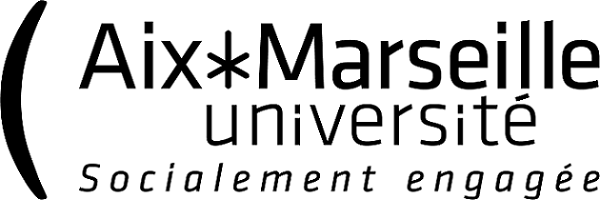Tracing back ancient oral microbiomes and oral pathogens using dental pulps from ancient teeth
Résumé
Ancient dental pulps are highly precious samples because they conserve DNA from humans and blood-borne pathogens for ages. However, little is known about the microbial communities present in dental pulps. Here, we analyzed ancient and modern dental pulp samples from different time periods and geographic regions and found that they are colonized by distinct microbial communities, which can be differentiated from other oral cavity samples. We found that despite the presence of environmental bacteria, ancient dental pulps conserve a clear and well-conserved record of oral microbes. We were able to detect several different oral pathogens in ancient and modern dental pulps, which are commonly associated with periodontal diseases. We thus showed that ancient dental pulps are not only valuable sources of DNA from humans and systemic infections, but also an open window for the study of ancient oral microbiomes.
Domaines
Sciences du Vivant [q-bio]
Origine : Fichiers éditeurs autorisés sur une archive ouverte
Loading...


